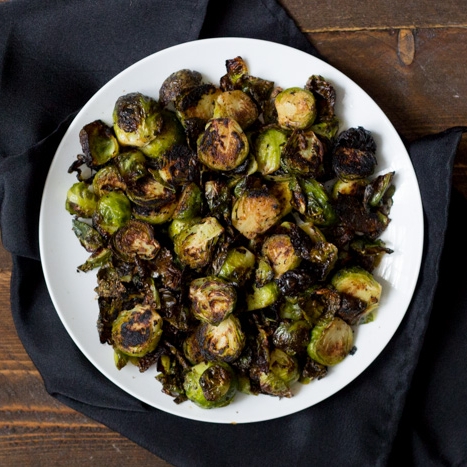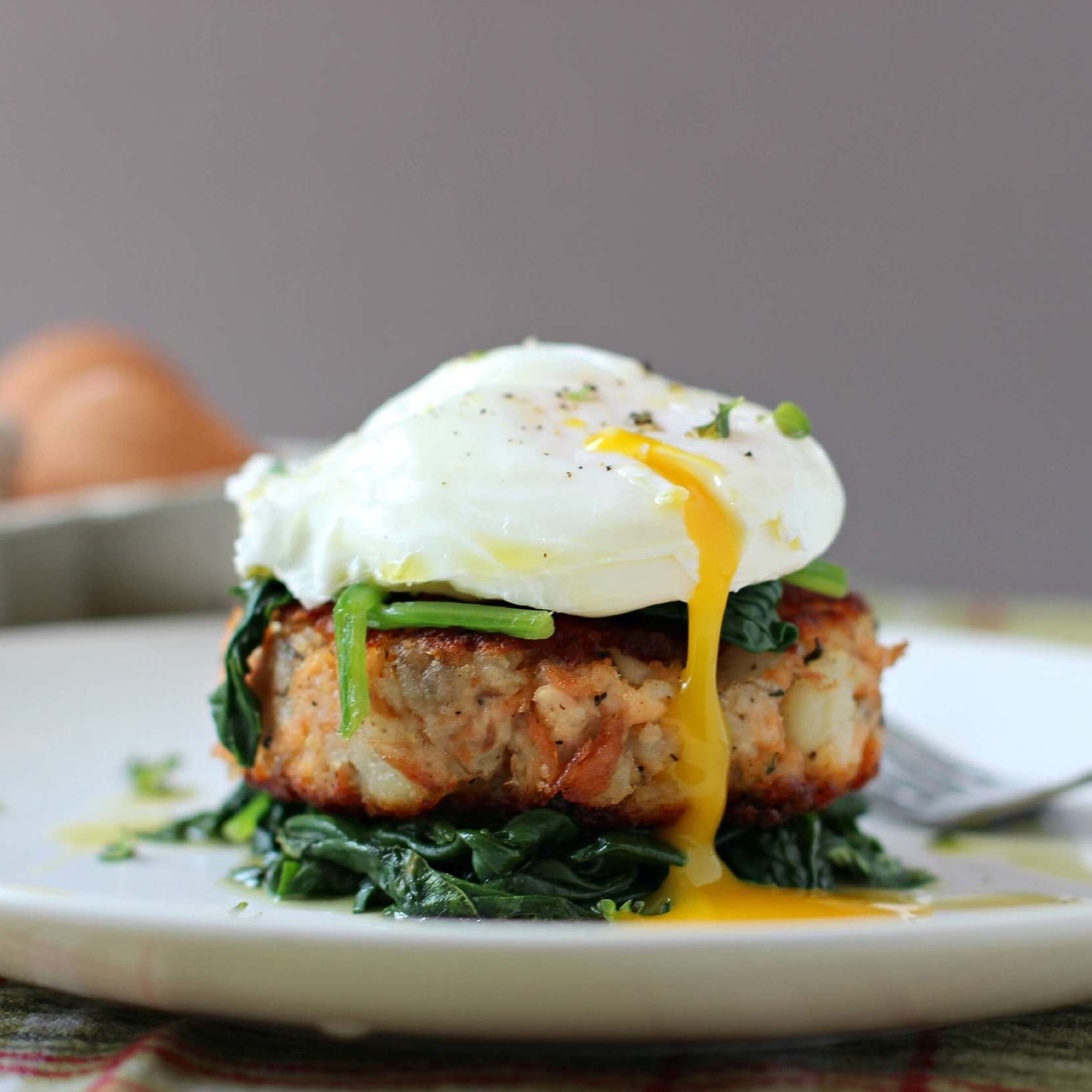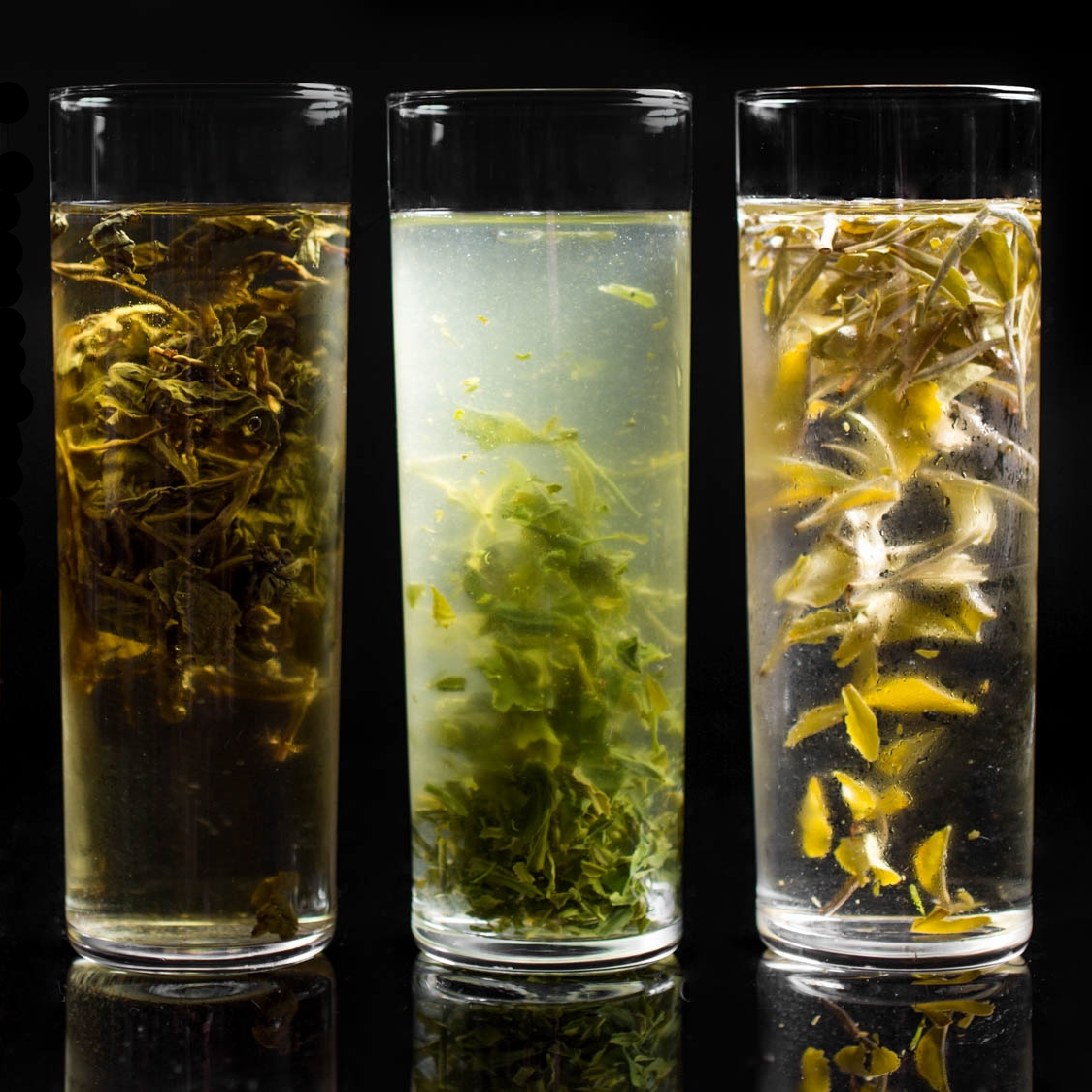Trendy Cooking Methods and Techniques
How to Use "Cooking Method" Trends to Refresh Concepts and Existing Product Lines
Savvy food marketers know the value of cooking method and technique trend information. The display of cooking method information is an additional way — outside of ingredient origin — to spark consumer flavor and texture expectations, supply additional transparency, and increase shopper intrigue with vogue product lines. Click here to more learn about ingredient origin opportunity space.
Optimizing concepts and refreshing existing product lines can be as easy as adding or updating trendy cooking-related "modifiers" to the name of the product.
1. Add an "on trend" cooking technique or method to a product's name to make it more modern (see below example):
- Original Product Name -
Banana Ice Cream
- New, "On Trend" Product Name -
Caramelized* Banana Ice Cream
2. Update existing, key-driving descriptors by replacing with "on trend" cooking techniques or methods (see below example):
- Original Product Name -
Roasted Kale and Fresh Goat Cheese Flatbread
- New, "On Trend" Product Name -
Charred Kale and Smoked* Goat Cheese Flatbread
*Obviously, these cooking techniques cue a different flavor profile. This can be easily be resolved by using unique clean label ingredients or natural flavors.
A list of the top cooking methods of 2016:
(Cooking trends based on Brisan's 2016 Culinary Trend report.)
1. Charred / "Burnt"
Literally adding direct heat until a carbon char is achieved. Some chefs use the "fire roasted" technique -- gentle rotation over and in an open flame; prolonged high-heat roasting; grilling; controlled torching. Adds a distinct bitterness to the end product.
2. "Crispy"
This technique refers to the end texture result of various cooking methods and generally requires heat or dehydration.
3. Cold-Brew Extraction
"Cold-brew" has received a ton of attention over the past couple years, and for good reason too. This method of extraction is gentle in nature: prolonged time, very low temperature (around 38 degrees F). Cold extraction generally allows for the fragile flavor components -- that are evaporated or destroyed by heat-extraction -- to be captured, embodying a more robust flavor and aroma profile. (Think: "Cold-Brew coffee".)
4. Poached
Cooking a food by simmering in a small amount of liquid. The common liquids that are often used: water, broth, stock, etc. End product is usually soft and supple. (Think: "poached egg".)
5. Braised
A two-phase cooking method: 1) Sear and brown at a high temperature, 2) Slow-cook in a liquid, fully submerged for a prolonged amount of time. (Think: "Osso Bucco".)
6. Roasted
A cooking method that uses dry heat. Hot air circulates in the oven, cooking the food evenly on all sides. Oven is usually over 300 degrees F. (Think: "roasted potatoes".)
7. "a La Plancha"
This Spanish phrase literally translates to “grilled on a metal plate”. Legend has it these started off as clay flat top grills in Mexico and Central America, and with the arrival of Spaniards, the griddles were manufactured of metal materials. Although grilling on hot metal is anything but "cutting edge", this method is classic, ethic-associated, and being used by numerous respected Mediterranean and Spanish tapas-style restaurants e.g. Salero, Chicago.
8. "Raw"
Raw or "crudo" is the most obvious of the cooking techniques, however not the easiest. Foodstuff is presented raw, uncooked. The raw nature of the food items puts additional responsibility on the restaurant's ability to source the highest quality ingredients -- for food safety and food integrity.
9. Caramelized
Caramelization is a type of non-enzymatic browning (and pyrolysis), essentially the browning of sugar. This technique is flagged by many food scientists as the most commonly misunderstood method -- often confused with the "Maillard Reaction". (Think: "caramelized onion".)
Want to see our full list of the "17 Top Cooking Methods of 2016"? Request a free download below:






